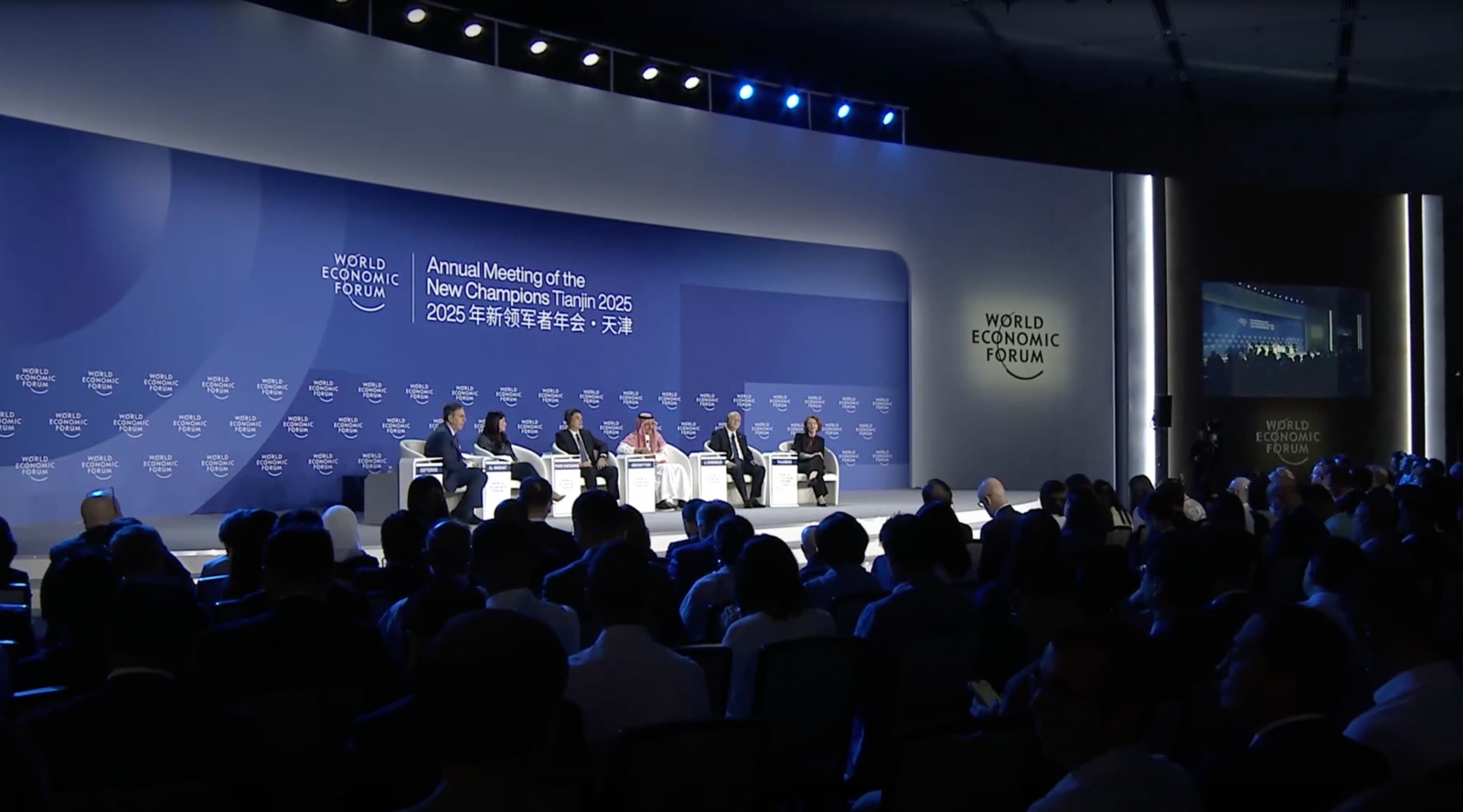
WEF highlights 2025’s breakthrough technologies at Summer Davos. (Photo: WEF's YouTube
At the Annual Meeting of the New Champions, also known as “Summer Davos,” the World Economic Forum (WEF) on June 24 unveiled its Top 10 Emerging Technologies of 2025. Among them, four technologies in sustainable and low-carbon energy made the list: Structural Battery Composites, Osmotic Power Systems, Advanced Nuclear Technologies, and Green Nitrogen Fixation.
Energy innovation gains momentum
This marks the 13th edition of WEF’s annual Emerging Technologies Report. Out of 250 valid nominations, a panel of experts evaluated each based on five key criteria: social, technological, environmental, economic, and policy. Ten promising technologies were selected, all expected to yield tangible outcomes within the next 3 to 5 years.
- Structural Battery Composites (SBCs): By merging materials science and energy innovation, SBCs offer a decentralized and diversified solution for energy storage. Their greatest impact lies in transportation, where integrating batteries into structural components of vehicles or aircraft reduces overall weight—improving fuel efficiency and lowering carbon emissions.
- Osmotic Power Systems (OPS): Also known as salinity gradient power, this technology generates electricity through the voltage difference between two bodies of water with varying salt concentrations. Although first proposed in 1975, recent advances in membrane technology may allow OPS to become a low-carbon and steady energy source, accelerating its path toward commercialization.
- Advanced Nuclear Technologies (ANT): Experts note a renewed wave of innovation in nuclear energy, from alternative coolants to Small Modular Reactors (SMRs), which are helping drive down costs and simplify construction. Meanwhile, nuclear fusion, long hailed as the ultimate clean energy source, is believed to be approaching maturity within the next 10 to 20 years.
- Green Nitrogen Fixation (GNF): Nitrogen fixation is essential for producing ammonia, a key ingredient in fertilizers. The report notes that traditional methods consume around 2% of global energy, but new techniques using engineered bacteria and enzymes, and renewable electricity (like solar power) could dramatically reduce the environmental footprint.

Osmotic Power System (OPS), also known as salinity gradient energy, is a type of marine energy. (Image: Pixabay)
Four themes shape the tech frontier
The selected technologies span diverse fields, including biology, artificial intelligence, energy systems, and material science. The other six technologies named in the report are: Engineered Living Therapeutics, GLP-1s for Neurodegenerative Disease, Autonomous Biochemical Sensing, Nanozymes, Collaborative Sensing, Generative Watermarking.
Experts emphasized that today’s breakthroughs often come not from standalone solutions, but from interdisciplinary fusion—such as synthetic biology combined with AI, or biotech enhanced by digital tools.
The report identifies four overarching trends that are likely to shape the innovation:
- Trust and safety in connected systems
- Next-generation biotechnologies for health
- Redesigning industrial sustainability
- Integrating energy and materials
The three-day forum centered around the theme: “Entrepreneurship for a New Era.” Discussions covered topics including the global economic outlook, China’s development trajectory, shifting industries, and innovations in energy and materials. The event also reflected its sustainability ethos in practice, with 100% green electricity powering the venue—cutting an estimated 600 tons of carbon emissions.
.jpg)


